java.lang.Class#toString
public String toString()
Converts the object to a string. The string representation is the string "class" or "interface", followed by a space, and then by the fully qualified name of the class in the format returned by getName. If this Class object represents a primitive type, this method returns the name of the primitive type. If this Class object represents void this method returns "void".
sun.reflect.generics.reflectiveObjects.ParameterizedTypeImpl#toString()
public String More ...toString() {
StringBuilder sb = new StringBuilder();
if (ownerType != null) {
if (ownerType instanceof Class)
sb.append(((Class)ownerType).getName());
else
sb.append(ownerType.toString());
sb.append(".");
if (ownerType instanceof ParameterizedTypeImpl) {
// Find simple name of nested type by removing the
// shared prefix with owner.
sb.append(rawType.getName().replace( ((ParameterizedTypeImpl)ownerType).rawType.getName() + "$",
""));
} else
sb.append(rawType.getName());
} else
sb.append(rawType.getName());
if (actualTypeArguments != null &&
actualTypeArguments.length > 0) {
sb.append("<");
boolean first = true;
for(Type t: actualTypeArguments) {
if (!first)
sb.append(", ");
if (t instanceof Class)
sb.append(((Class)t).getName());
else
sb.append(t.toString());
first = false;
}
sb.append(">");
}
return sb.toString();
}
After call to toString() method of ParameterizedTypeImpl does not append interface keyword. It just calls getName() method.
The name interface java.lang.Comparable is there in t. After statement System.out.println(t); calls toString().
You can see below image, when I debug

